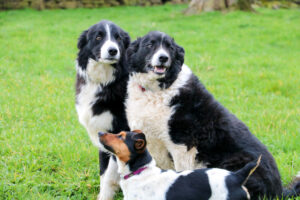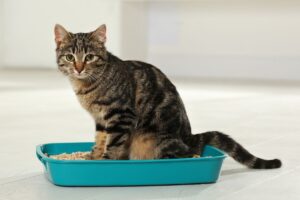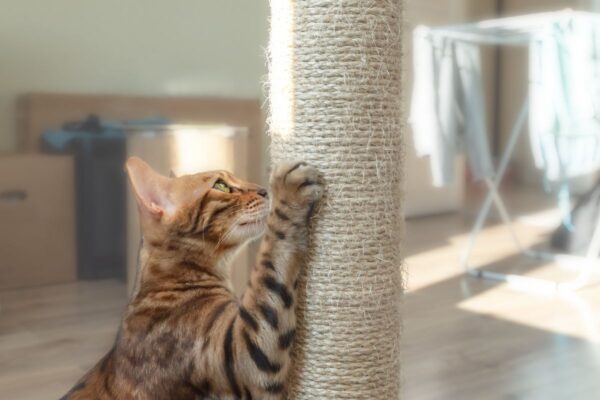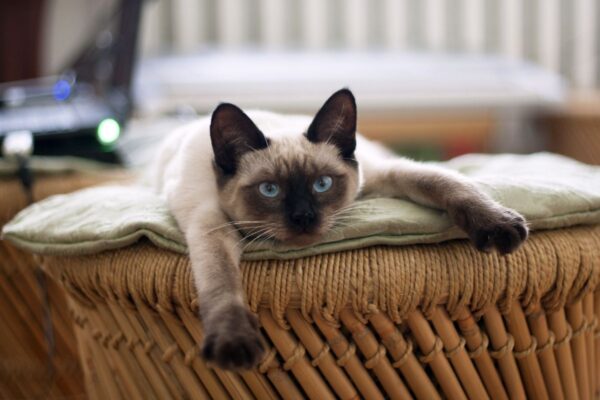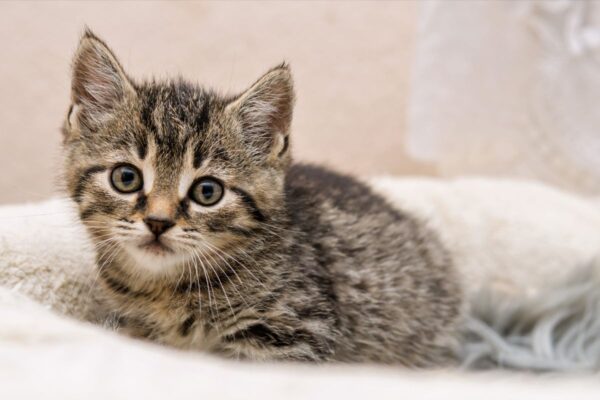Kitten/Cat Advice: Socialisation and feline communication
The socialisation window for a kitten is from two to eight weeks of age. The first eight weeks are incredibly important to help kittens develop into happy, sociable cats. Socialisation refers to the process when kittens learn what to be afraid of and what poses no threat.
Kittens that have not been adequately socialised to different sights, sounds, animals and humans tend to be less sociable and more nervous cats in adulthood; they can even act aggressively when faced with these novel sights and sounds.
Once a kitten is over the age of eight weeks it becomes harder to desensitise them to everyday objects and this will require a lot of dedication from a new owner.
When they make good decisions, they should be rewarded with affection or food so they learn appropriate behaviours. The kittens should be introduced to new people, sights and sounds daily with the exposure being short. If they show signs of fear they should be removed and the distance should be increased, to ensure they can learn comfortably at their own pace. The distance can be shortened only when the kitten shows no signs of fear. This process is called classical conditioning and should never be rushed. The same process can be used for adult cats but the pace at which they learn may be slower.
Cats communicate by visual cues, physical contact, chemical cues and vocalisation. Cats use vocalisation as their main communication towards humans; it can be a form of greeting, to express happiness, seek attention or to show fear and uncertainty. Some cats are bred to be noisier than others, kittens can be incredibly vocal whilst older cats tend to be quieter. Cats can make a number of different sounds meaning a variety of things. It’s extremely important that these sounds are listened to and understood to make us better owners and help our cats feel comfortable.
The meow is a form of greeting and may be accompanied with rubbing of your legs with their head. A long-drawn-out meow may mean they’re demanding something like food or attention and a repeat of short meows can mean excitement.
A purr is most commonly observed when cats are happy and content; they learn to purr as kittens when nursing from their mother. We assume this purr always means they’re happy, however cats can also make this sound when they feel frightened so we must read their body language to grasp the whole picture. A hiss is a cat’s response to feeling uncomfortable or threatened; this noise can never be mistaken for any other meaning than distress. Cats can direct a hiss towards another animals, humans or objects.
Chattering is made by a cat with an open mouth to make a clicking sound, often associated with watching and stalking prey. This communicates excitement or frustration.
If a cat is overly boisterous when playing it’s often because they have not yet been taught what is acceptable play towards humans. Kittens that are allowed to engage in boisterous play that appears harmless when they are small are often then confused as adults when they don’t get the same response from their humans. Future problems in adulthood can often be avoided by correct handling from the beginning. Inappropriate behaviour is best ignored but they should be rewarded for the right choices such as using a scratch post or playing with a toy and always rewarded for calm behaviours. Hands and fingers should never be used in play and instead the use of toys should be encouraged.
When cats pounce on humans as they walk past, they are demonstrating part of the predatory sequence and giving them an appropriate outlet to perform this behaviour is recommended. A cat that is re-enacting the stalk and chase part of the sequence can be given a flirt pole to play with instead.


